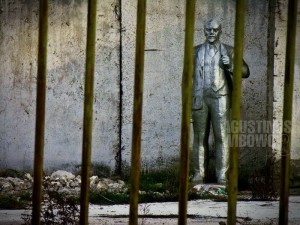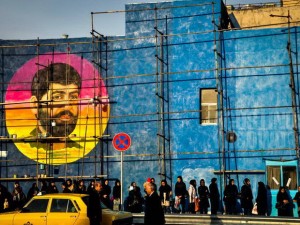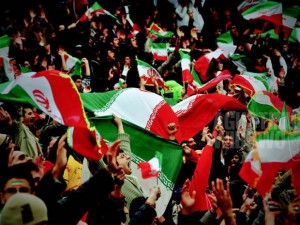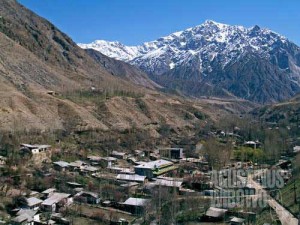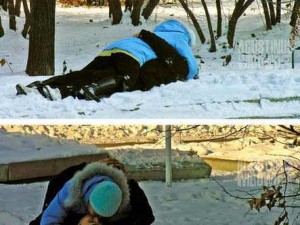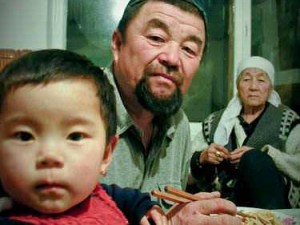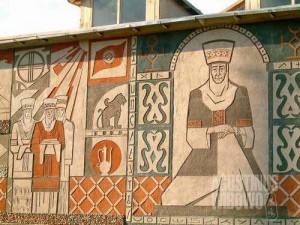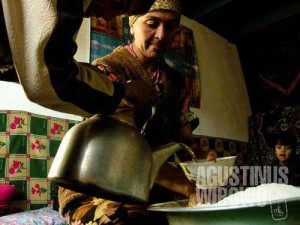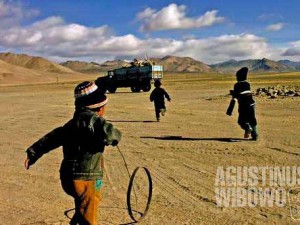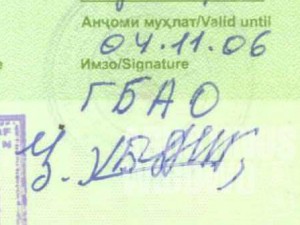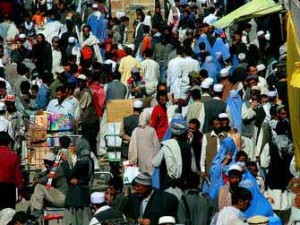#1Pic1Day: Lenin di Balik Terali | Lenin Behind Bars (Kyrgyzstan, 2006)
Lenin Behind Bars (Kyrgyzstan, 2006) Since the fall of Soviet Union followed by the independence of the new republics in Central Asia, symbols of communism had been deliberately erased along with the wave of nationalism and awareness of being independent nations. The statues of Lenin in many cities were smacked down and replaced; the Russian-style street names were replaced with those of local heroes or local concepts. Kyrgyzstan was among the countries with strong Russian influence. The Lenin Street in Osh was politely moved to another street, and while not common, Toktogul still has Lenin statue, hidden behind bars in a lonely park. Lenin di Balik Terali (Kirgizstan, 2006) Sejak runtuhnya Uni Soviet dan merdekanya republik-republik baru di Asia Tengah, simbol-simbol komunisme dihapus dengan sengaja seiring dengan bangkitnya nasionalisme dan kesadaran sebagai negeri merdeka. Patung-patung Lenin dirobohkan, nama-nama jalan yang berbau Rusia diganti nama-nama lokal. Kirgizstan dan Kazakhstan adalah dua negara yang cukup kental pengaruh Rusianya. Jalan Lenin di Osh hanya dipindah lokasinya, dan patung Lenin di dusun Toktogul ini dipinggirkan ke balik terali di taman. [...]

